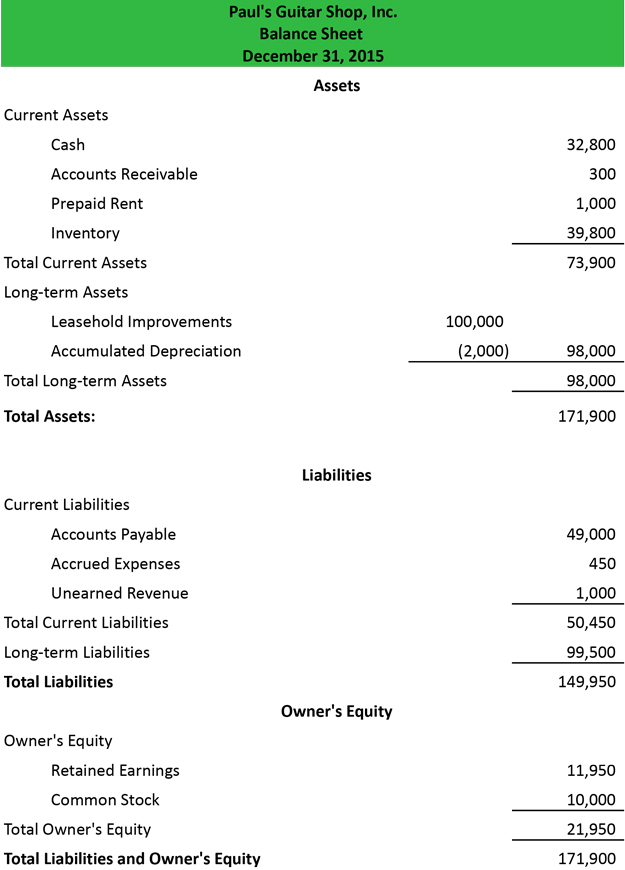اتوماسیون اداری راهکار
How to Calculate Change in Assets The Motley Fool

Personal financial forms show the state of someone’s personal financial health. If a dentist owns a dental practice, they may find it difficult to separate themselves financially from the businesses. This chapter aims to define the common financial statements that are used in dental practice and describes the information that they contain and how dentists use the statements. Calculating the change in assets on a company’s balance sheet is an important step when analyzing a business or stock.
Part 2: Your Current Nest Egg
Regardless of the size of a company or industry in which it operates, there are many benefits of reading, analyzing, and understanding its balance sheet. Some companies issue preferred stock, which will be listed separately from common stock under this section. Preferred accounts payable and invoice automation best practices stock is assigned an arbitrary par value (as is common stock, in some cases) that has no bearing on the market value of the shares. The common stock and preferred stock accounts are calculated by multiplying the par value by the number of shares issued.

What is a balance sheet versus an income statement?
- With liabilities, this is obvious—you owe loans to a bank, or repayment of bonds to holders of debt.
- Likewise, its liabilities may include short-term obligations such as accounts payable and wages payable, or long-term liabilities such as bank loans and other debt obligations.
- Use this small business guide to gain a better understanding of what a balance sheet is and how to use it.
- While income statements and cash flow statements show your business’s activity over a period of time, a balance sheet gives a snapshot of your financials at a particular moment.
- Finally, unless he improves his debt-to-equity ratio, Bill’s brother Garth is the only person who will ever invest in his business.
- This statement looks at the sources and uses of personal family money.
Explore our online finance and accounting courses, which can teach you the key financial concepts you need to understand business performance and potential. To get a jumpstart on building your financial literacy, download our free Financial Terms Cheat Sheet. It’s important to note that how a balance sheet is formatted differs depending on where an organization is based. The example above complies with International Financial Reporting Standards (IFRS), which companies outside the United States follow. In this balance sheet, accounts are listed from least liquid to most liquid (or how quickly they can be converted into cash).
Format
Our easy online application is free, and no special documentation is required. By looking at the sample balance sheet below, you can extract vital information about the health of the company being reported on. Here’s everything you need to know about understanding a balance sheet, including what it is, the information it contains, why it’s so important, and the underlying mechanics of how it works. You can also compare your latest balance sheet to previous ones to examine how your finances have changed over time.
This document gives detailed information about the assets and liabilities for a given time. Using these details one can understand about company’s performance. By analysing balance sheet, company owners can keep their business on a good financial footing. In other words, it is the amount that can be handed over to shareholders after the debts have been paid and the assets have been liquidated. Equity is one of the most common ways to represent the net value of the company.
Accounting Services
Looking for an even simpler way to create balance sheets that support your business? FreshBooks’ free balance sheet template will help you keep track of all the information you need to manage your numbers with ease, helping you to check balances and keep your finances in order. Shareholders’ equity refers generally to the net worth of a company, and reflects the amount of money that would be left over if all assets were sold and liabilities paid. Shareholders’ equity belongs to the shareholders, whether they’re private or public owners. The following chart contains some of the most common metrics used in practice to analyze a company’s balance sheet. Our easy online enrollment form is free, and no special documentation is required.
Part of shareholder’s equity is retained earnings, which is a fixed percentage of the shareholder’s equity that has to be paid as dividends. Balance sheets are an inherently static type of financial statement, especially compared to other reports like the cash flow statement or income statement. Analyzing all the reports together will allow you to better understand the financial health of your company. The Balance Sheet—or Statement of Financial Position—is a core financial statement that reports a snapshot of a company’s assets, liabilities, and shareholders’ equity at a particular point in time.
The balance sheet reflects the carrying values of a company’s assets, liabilities, and shareholders’ equity at a specific point in time. This category is usually called “owner’s equity” for sole proprietorships and “stockholders’ equity” or “shareholders’ equity” for corporations. It shows what belongs to the business owners and the book value of their investments (like common stock, preferred stock, or bonds). Balance sheets are important financial statements that provide insights into the assets, liabilities, and shareholders’ equity of a company. Balance sheets are important because they give a picture of your company’s financial standing.
